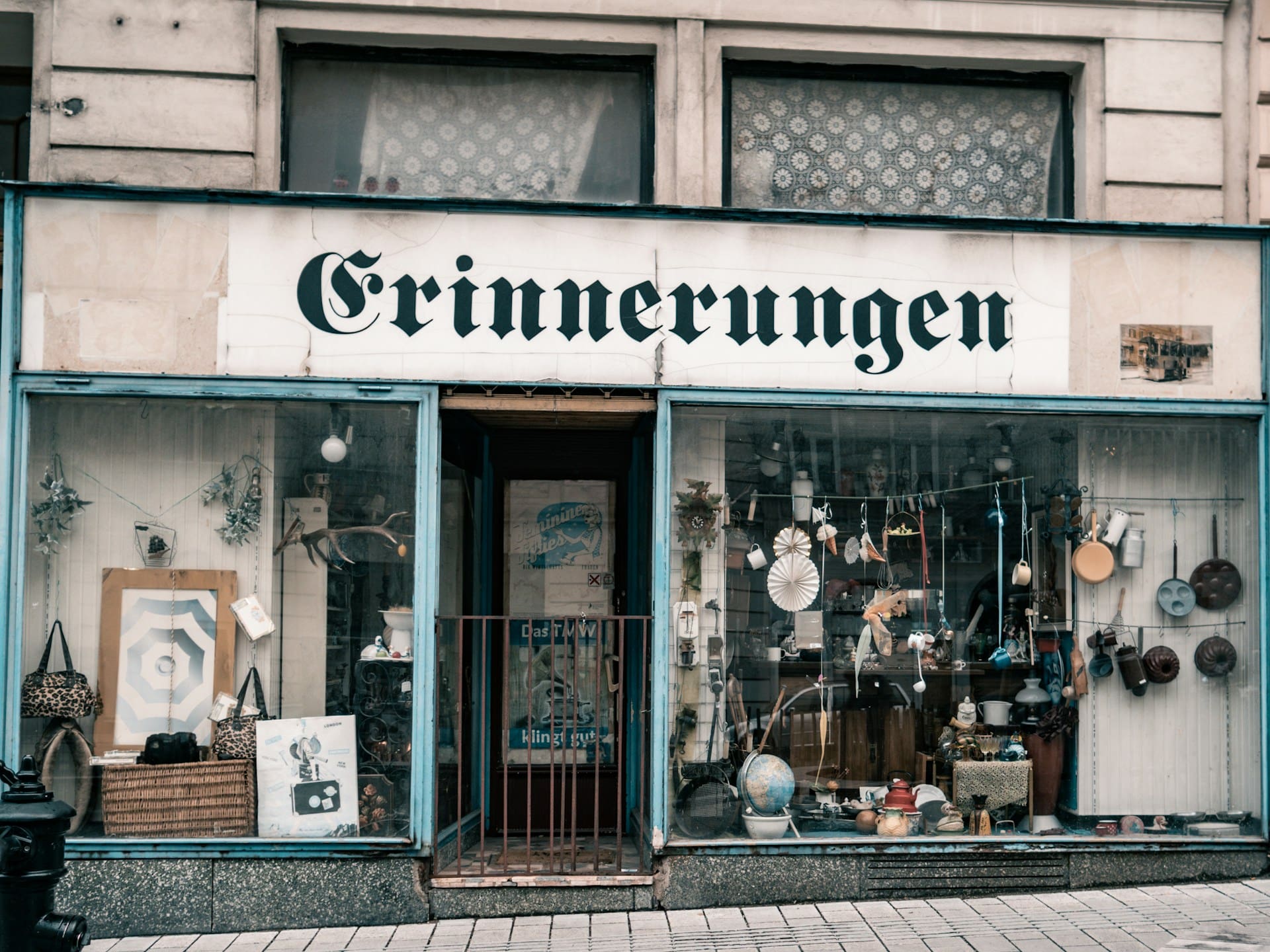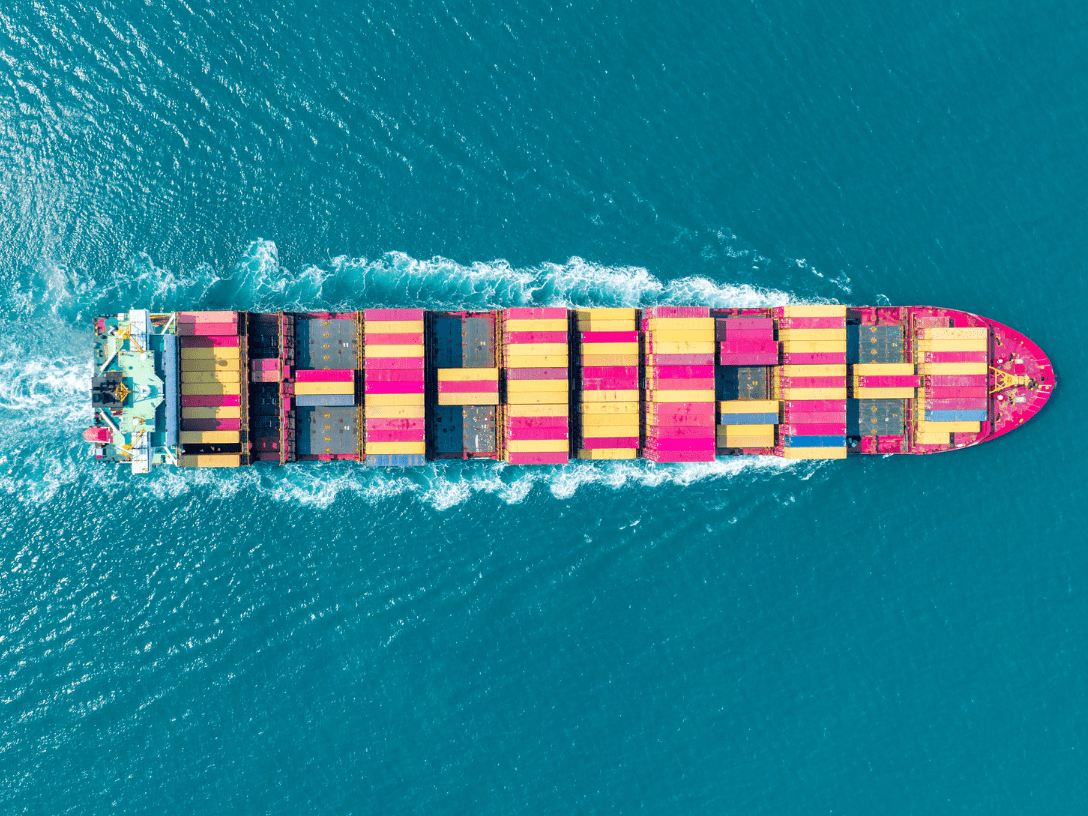In today’s global marketplace, supply chain transparency isn’t a nice-to-have, it’s a regulatory expectation and a commercial necessity. With growing scrutiny from regulators, investors, and customers, organisations need clear visibility across their supply chain. This means you can access and share important data like ESG compliance, reputational risk, stakeholder needs, and operational performance.
Trust is the foundation that makes this possible. A transparent supply chain is not just about following the rules, it relies on trusted relationships. Buyers and suppliers must work together with shared standards.
Creating a trusted supply chain community moves beyond transactional relationships. It involves aligning on values, sharing data with confidence, and maintaining a consistent approach to risk and sustainability. When trust is built, organisations can act faster and follow rules more easily. This also helps businesses become stronger. Suppliers can meet expectations and grow in a sustainable way.
Five steps to improve your transparency:
1 – Get full visibility of your supply chain
Risks such as modern slavery, unethical sourcing, and poor supplier performance often exist deeper in your supply chain. These issues can be beyond the suppliers you work with directly. Without full visibility, these issues can remain hidden until they cause significant disruption, impacting compliance and brand reputation.
Mapping your supply chain helps identify:
- Suppliers lacking strong ESG or compliance processes. ESG should always sit at the heart of your supply chain.
- Gaps in data that may hide risks or performance issues
Buyers need a holistic view of their supplier networks to make informed decisions. Suppliers must be ready to show how they manage risks and uphold responsible practices.
2 – Clear and constant communication
Transparency is only effective when supported by open, consistent communication. Misunderstandings around requirements, standards, and expectations often lead to non-compliance or operational inefficiencies. Prioritising a two-way communication with your supply chain opens you up to:
- Receive accurate, timely updates
- Detect changes or emerging risks early
- Build accountability through shared understanding
A significant factor that enters clear and constant communication is having an emergency response plan in place. This plan helps protect employees, suppliers, and business operations during a crisis. Many organisations fail to test or update their plans regularly. This leads to delayed responses, communication failures, and increased safety risks.
3 – Work within a trusted community
Working with pre-qualified suppliers accelerates onboarding, reduces risk, and simplifies compliance checks. Being in a trusted community, like Supply-Line or the Achilles Network, helps suppliers. It allows them to find more opportunities. It also helps them build their reputation.
- Receive accurate, timely updates
- Detect changes or emerging risks early
- Build accountability through shared understanding
4 – Use shared platforms to strengthen supplier information
In all supply chains, fragmented data across multiple systems creates inefficiencies and obscures risks. Centralising supplier information on shared platforms is critical for improving visibility, enabling proactive risk management, and fostering trust. Using platforms like MyAchilles allows you to:
- Monitor supplier status in real time
- Evidence of compliance and certifications
- Spot gaps or risks before they become problems
Platforms like MyAchilles is a key tool for optimising purchasing processes and strengthening business relationships. This platform not only facilitates interaction between buyers and suppliers, but also acts as a pillar for risk management, operational efficiency and sustainability.
5 – Implementing ethical practices
Having ethical practices should not just be in policy documents or corporate statements. They need to be part of a businesses daily operations. This means shaping supplier standards, guiding procurement decisions, and driving consistent, measurable action across the entire supply chain. Real ethical practices is demonstrated not in what’s written, but in what’s practiced, from who you source from, to how you monitor, engage, and improve supplier performance over time
The 2025 Ethical Business Impact Report highlights the scale of the challenge:
- 33% of workers are on informal terms
- 32% of construction workers lack formal contracts
- 52% don’t recognise the signs of modern slavery
These gaps expose businesses to reputational and operational risk, especially in complex, multi-tier supply chains. Suppliers in the Achilles programme improve by an average of 10%, thanks to structured assessments and ongoing support. That means clearer evidence, stronger processes, and more resilient supply chains.
Trusted supplier communities and shared platforms provide the structure to make this progress repeatable and scalable. As expectations grow, those who invest in transparent, responsible supply chains will be best positioned to adapt, compete, and lead with confidence.
Find out more about our offerings by getting in touch today.





